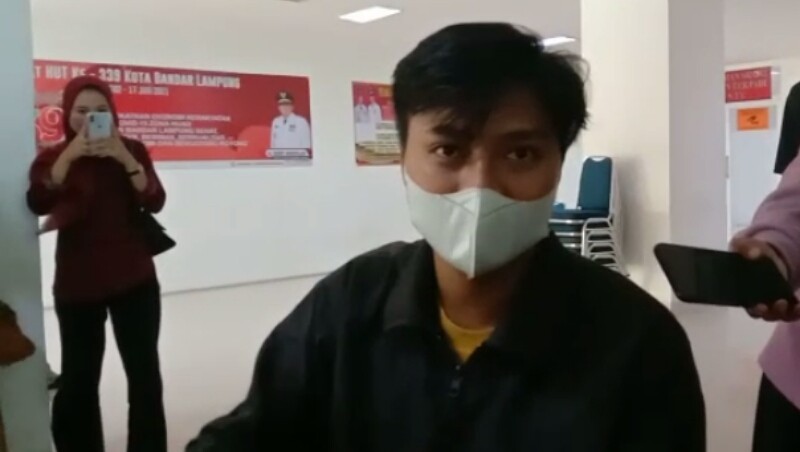

The table also includes the number of administrative urban villages ( kelurahan) in each district and its postal codes. The twenty districts are tabulated below with their areas and their populations at the 2010 Census and the 2020 Census. The new districts are Bumi Waras, Enggal, Kedamaian, Labuhan Ratu, Langkapura, Teluk Betung Timur (East Teluk Betung) and Way Halim. Administrative districts Īt the time of the 2010 Census, the city of Bandar Lampung was divided into thirteen administrative districts ( Indonesian: kecamatan), but subsequently seven additional districts have been created by the splitting of existing districts, bringing the total to twenty districts. Tanjung Karang and Telukbetung initially fell under the jurisdiction of South Lampung Regency, until a 1948 law consolidated the two and elevated them to independent city status. Under Japanese occupation ĭuring the Japanese colonial era, present-day Bandar Lampung was administered as a city (市, shi), led by a Japanese mayor (市長, shicho) who was assisted by an Indonesian deputy mayor (副市長, fuku-shicho). The Onderafdeling's capital was Tanjung Karang, whilst Telukbetung itself served as the seat of government for the Karesidenan Lampung. Under the Dutch colonial administration, 1912 Staatsblad 462 codified the city as being part and parcel of the Onderafdeling Telokbetong, composed of present-day Teluk Betung and its environs. This date would later be adopted by the city administration as its official founding date.

A report by the Banten regent William Craft to Governor-General Cornelis Speelman states that, on the basis of a description provided by Pangeran Aria Dipati Ningrat on 17 June 1682, "Lampung-Telokbetong at the edge of the sea is the seat of power of a Dipati Temenggung Nata Negara, with power over three thousand people".


 0 kommentar(er)
0 kommentar(er)
